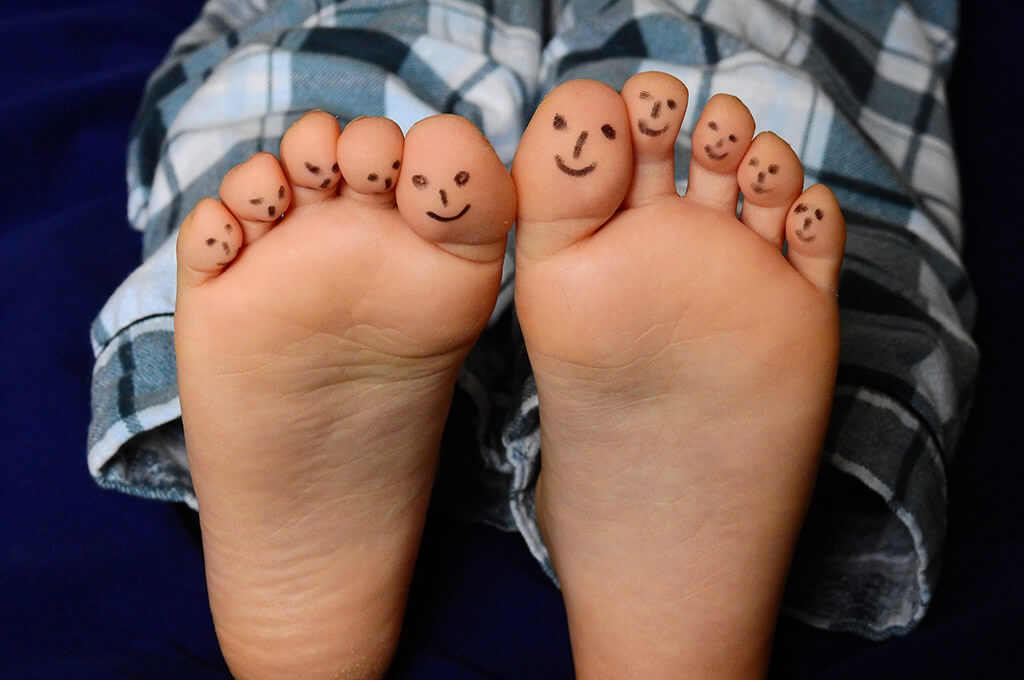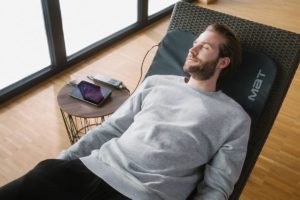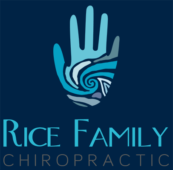Why your gait and feet are important aspects of your wellness

Why your gait and feet are important aspects of your wellness
All of our patients at Rice Family Chiropractic know that a chiropractor is the best doctor for their spine. What often surprises our patients is how interested we are in their feet.
Did you know that your feet contain a quarter of the bones in your body? And like the spine, the bones in your feet are connected by ligaments, too. In fact, each foot also has 33 joints, and more than 100 muscles, tendons and ligaments.
With all those connections between the top of your spine and the bottom of your feet, it’s no wonder things can sometimes go wrong. The outcome is often related to gait issues.
Your gait is your “manner or way of walking”, the way you move one foot in front of the other, how you transition from the heel to the ball of the foot, and so on. When you stand behind someone and watch them walk away, you may notice any number of oddities. These can be caused by any number of things from misalignments in the knees or pelvis to improper footwear, or even illness or disease. A few examples of gait abnormalities include:
Spastic gait: Think Kevin Spacey in the film The Usual Suspects. Stiff, foot dragging caused by long muscle contraction on one side.
Propulsive gait: Often associated with Parkinson’s Disease. During walking, steps become faster and faster with progressively shorter steps that passes from a walking to a running pace and may precipitate falling forward.
Scissors gait: With legs flexed slightly at the hips and also at the knees, the knees and thighs cross in a scissors-like fashion.
Waddling gait: Duck-like walk that sometimes appears in childhood and is the result of weakness in pelvic muscles.
Although we seldom have to think about it, walking is a highly complex process involving hundreds of bones, muscles and ligaments. Even a slight misalignment in the feet, knees, hips or back can cause gait issues.
Other factors may affect your gait, too. Some you can change, like your shoes and your walking speed, while others, like your age and gender, are things we are pretty much stuck with.
Shoes are a primary source of issues.
Once a child is up on his or her feet, they need to be able to develop a proper gait. This is why infants should not wear footwear until they have mastered walking—usually by about the age 15 months to two years. Once your toddler has a cosy pair of shoes, you may notice they frequently need upgrading! Since your child’s feet will grow a half a shoe size every four months until about the age of three, and only slightly slower afterward, it’s important to replace shoes frequently. Shoes that fit poorly will in turn promote gait issues.
Regardless of your age, it’s a good idea to spend time barefoot. Humans went barefoot for many, many generations prior to donning shoes some 40,000 years ago.
When you do wear shoes, be aware that not all shoes are built the same. Some brands may even affect the gait and spine negatively in the long term. Generally speaking, flat soled shoes such as flip flops, cheap pumps and UGG-like boots are not recommended. The lack of arch support in these shoes can lead to a number hip, back and foot complaints.
If you feel you or someone in your family may have issues with their gait, or if want to improve your gait, please give us a call at Rice Family Chiropractic. Correction may include fitting for orthotics, a change in your diet or exercise regime, or a single leg stance test.
At Rice Family Chiropractic, we take a holistic approach to healthcare. That means that we look at the whole body, mind and spirit when assessing your health and wellness. To find out more about how we approach your spine and your wellness, please check out our website at www.ricechiropractic.ca, call us at 604-539-0542 or email drjames (at) ricechiropractic (dot) ca.
This content is provided to you by:
Rice Family Chiropractic & Wellness
Wellness from our family to yours.
Dr. Erin and James Rice
#310-6525 204 Street
Langley, BC V2Y 3B3
604 539 0542


















